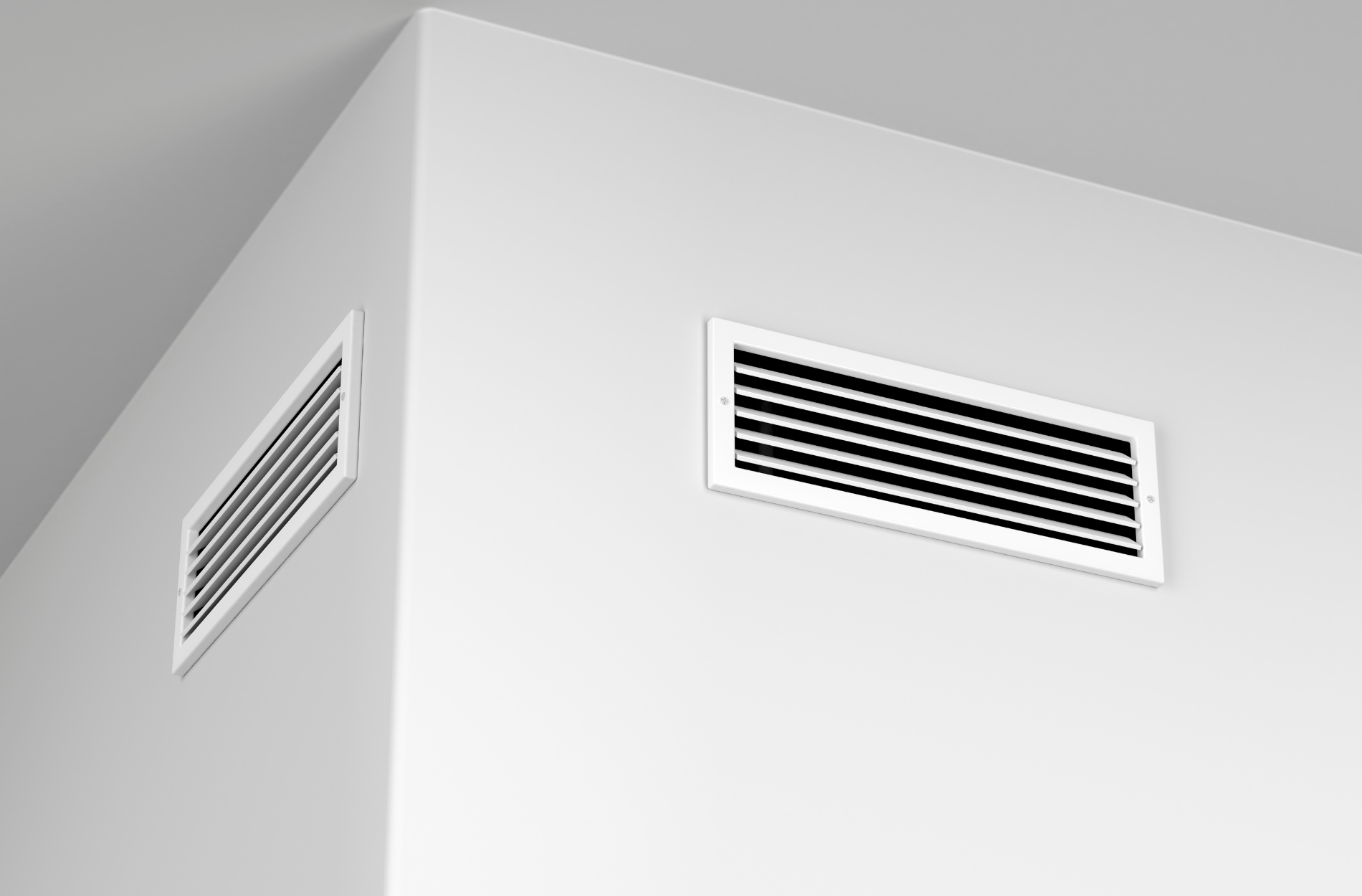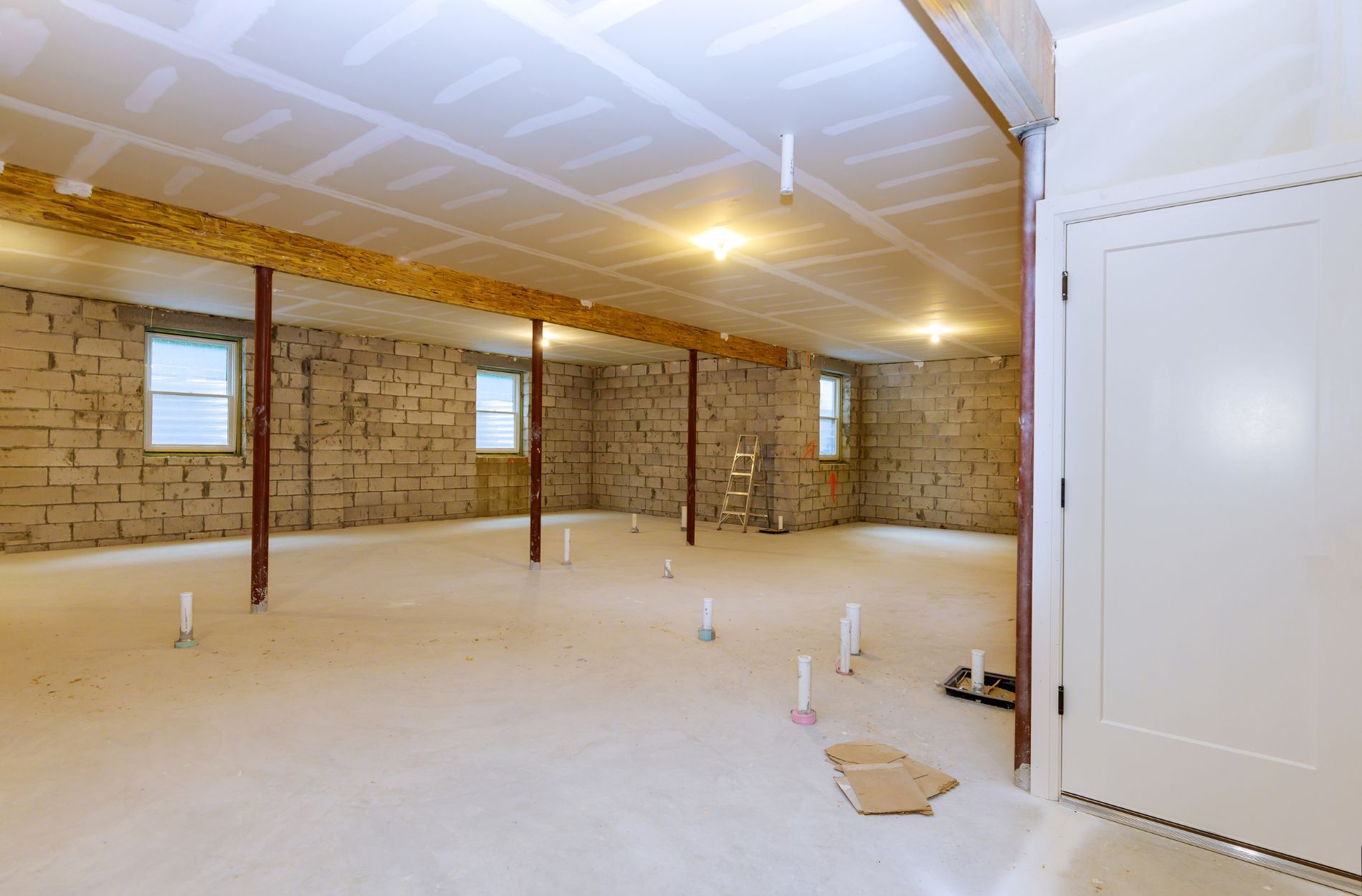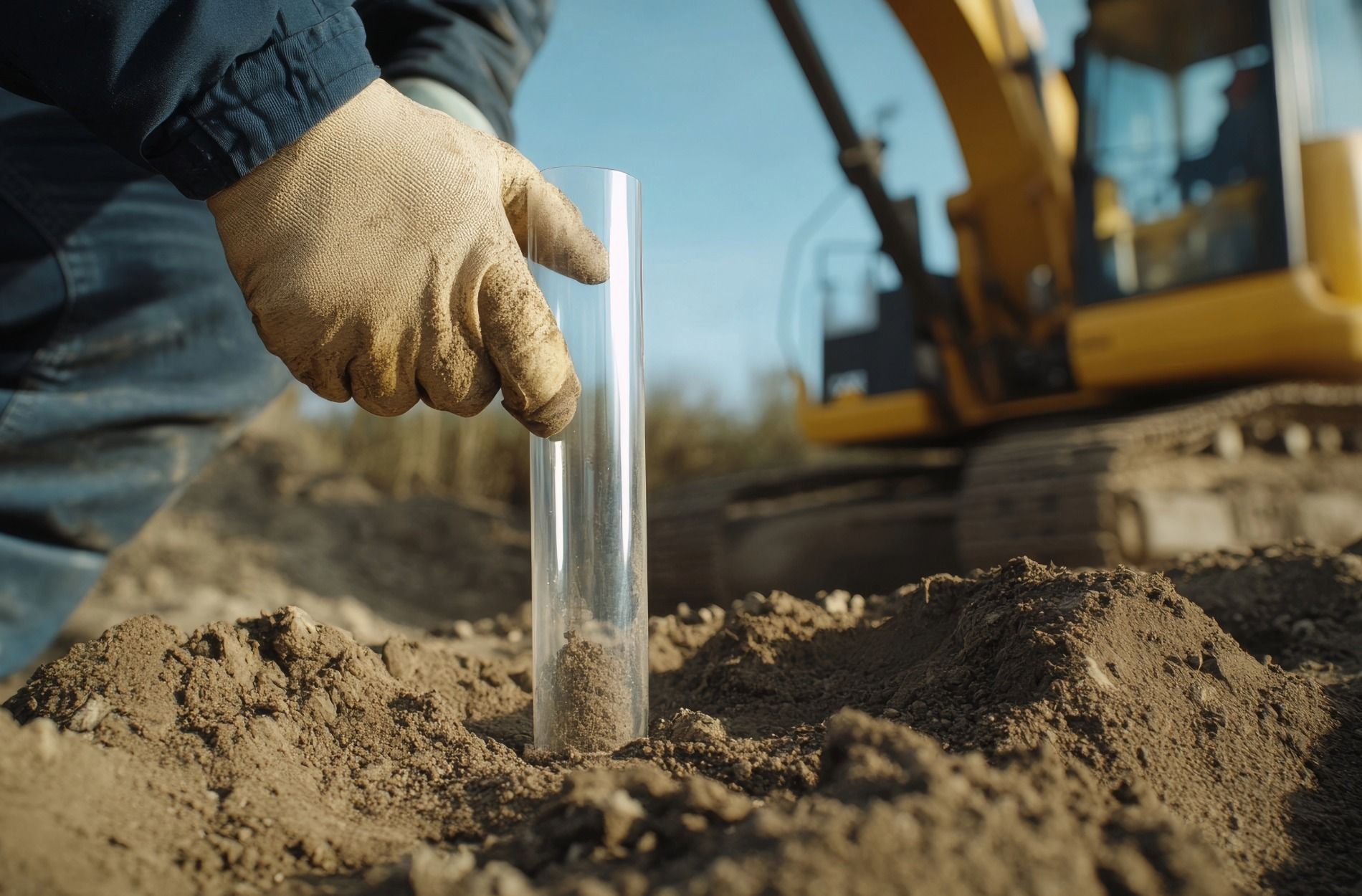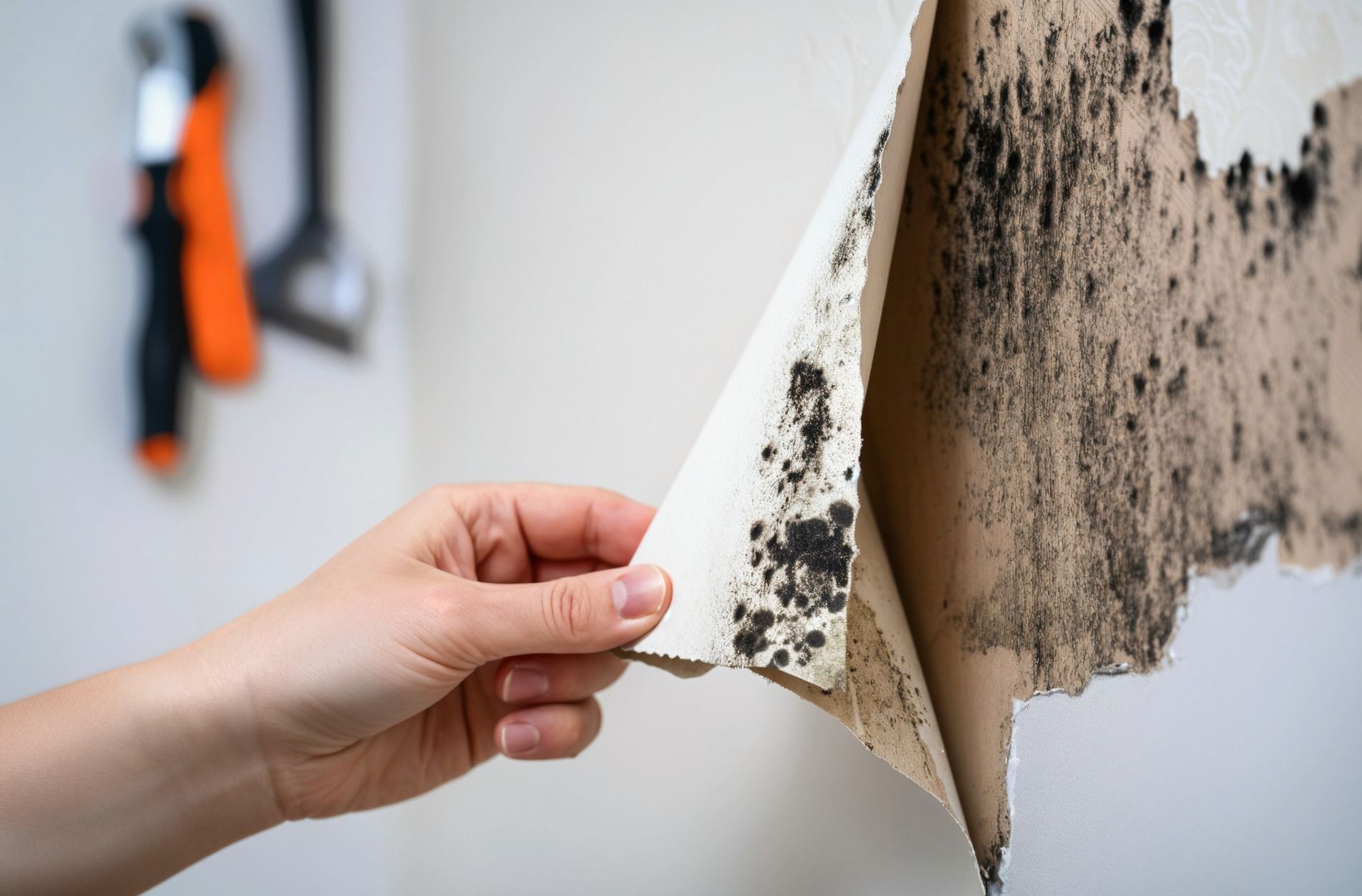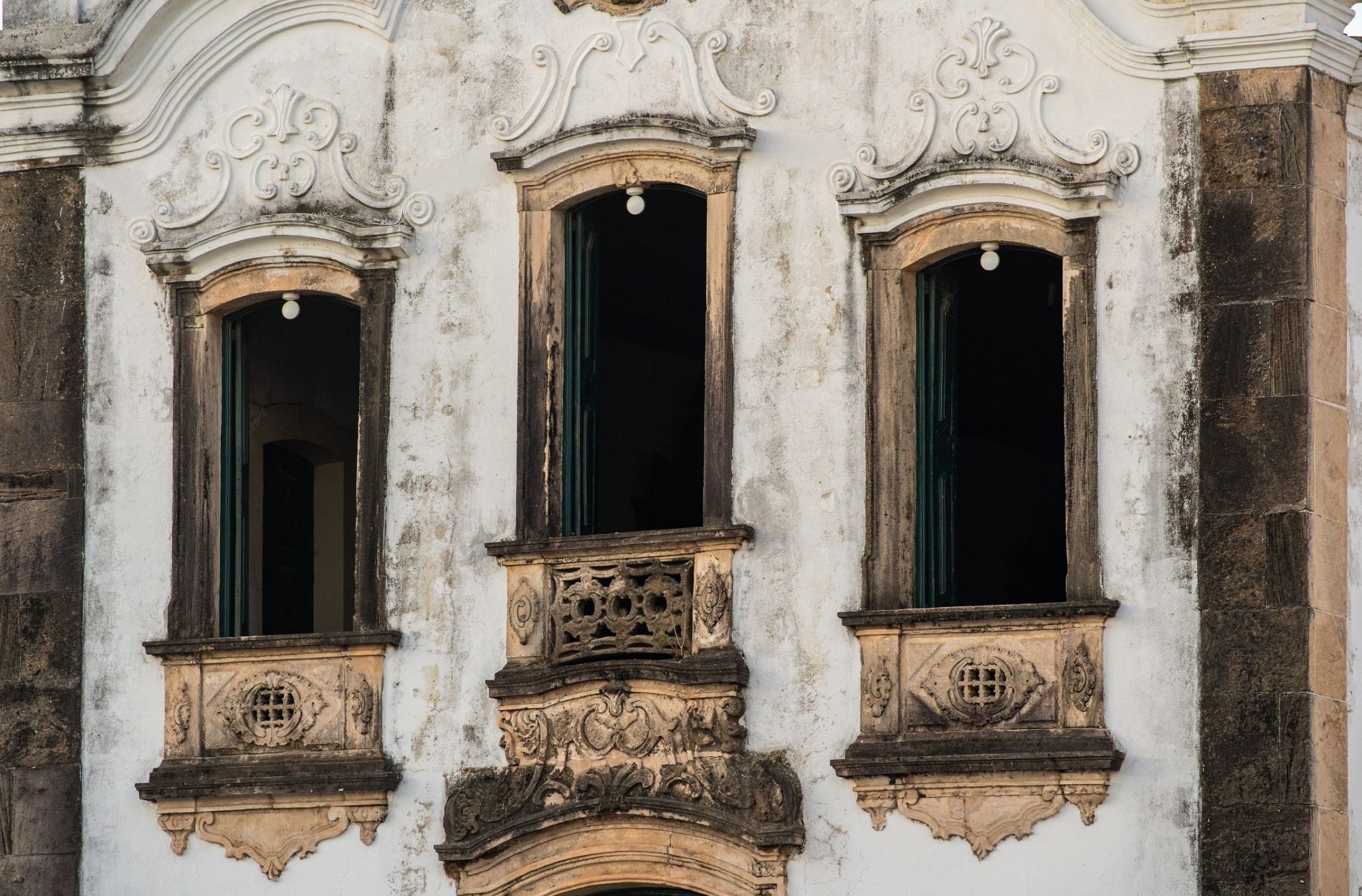Old Building Materials That May Contain Asbestos
When a building was put up decades ago, many of the materials used seemed safe at the time. But we’ve learned since then that some of those materials were hiding serious health hazards. One of the biggest concerns is asbestos. This mineral was once used in everything from insulation to tiles because it was heat-resistant and durable. The problem is, tiny asbestos fibers can become airborne when disturbed. If those fibers get into the lungs, they can cause health issues over time.
If you're living or working in a structure that’s been around for a few decades, there’s a chance asbestos is still sitting behind the walls, under the floors, or above the ceiling tiles. Knowing what materials may contain it can help you decide what to do next, especially before planning any type of work or renovation. It’s not just a matter of comfort. It’s about keeping the people around you safe.
Common Building Materials That May Contain Asbestos
Asbestos wasn’t just used in one or two places. It was mixed into all sorts of materials to make them stronger and more fire-resistant. Here are a few places where asbestos may still be hiding in older buildings:
1. Insulation
In homes built before the 1980s, asbestos was often packed around pipes, boilers, ducts, and attic spaces. It kept the heat in and the chance of fire down, but now those same insulation wraps and blankets could be a danger. Loose-fill insulation is tricky too. If it's been disturbed or looks fluffy or powdery, that could be a hint it's time for a closer look.
2. Floor Tiles
Lots of older homes have vinyl or linoleum tiles that are glued right onto the concrete. The tiles themselves or the mastic adhesive underneath might have asbestos. If you’ve got 9-inch square tiles or anything that’s cracking or pulling away from the edges, don’t rip them out without testing first. You could release fibers into the air without even realizing it.
3. Roofing Materials
Shingles, flashing, and roofing felt from earlier buildings often contained asbestos. These materials were up there for years, doing what they were supposed to do. But as time goes on and exposure to the elements wears them down, the risk of fiber release goes up. Roofing repairs or full roof replacements should always be handled with great care.
4. Ceiling Tiles and Panels
Older drop ceilings and decorative tiles sometimes carried asbestos to help with fire resistance. They're lightweight and easy to install, which made them a popular choice in commercial buildings and basements. If those tiles are showing damage, sagging, or appear chalky, it’s worth treating them with caution.
5. Cement-Based Products
This includes siding shingles, corrugated roofing sheets, and even old water pipes. Cement mixed with asbestos was used to make stuff stronger and last longer. You’ll find it in panels, flower boxes, and exterior siding. Unlike friable asbestos, these materials are harder and more dense, but that doesn't mean they're harmless, especially if they’re cracked or chipped.
Each of these materials might still be doing their job quietly in the background, unnoticed. But if you’re starting a remodel or your building materials are aging and beginning to break down, stopping to think about what’s underneath the surface could keep you one step ahead of a much bigger problem. It’s not about panic. It’s about being informed. One homeowner discovered asbestos tape wrapped around ductwork in the basement ceiling during a simple light fixture upgrade. It had been there for 40 years without issue, but one small disturbance could’ve changed everything.
Signs And Symptoms Of Asbestos Containing Materials
Spotting materials that may contain asbestos isn’t always easy. A lot of old building parts don’t look dangerous, and their true makeup can’t be seen just by looking at them. Still, there are a few signs that could raise red flags.
Start by thinking about when the building was constructed. If it was built between the 1940s and 1980s, there’s a much higher chance some parts of it have asbestos. That doesn’t mean the building is unsafe, but it does mean taking extra care before cutting, sanding, or tearing anything out. Asbestos fibers tend to be hidden away until someone comes in with a sledgehammer or drill.
Visual signs are another helpful clue. Materials that are frayed, deteriorating, or have a chalky or dusty look may have asbestos in them. Loose pipe insulation, panels that crumble at the edges, or old ceiling tiles flaking apart are worth being cautious about. Anytime a material looks more delicate than it used to be or seems to shed dust, take a step back.
You’ll also want to think about how the materials are holding up:
- Cracked or split siding, tile, or insulation
- Ceiling panels that sag or show color changes
- Duct coverings or wraps that are tearing or look dry and brittle
- Debris or dust collecting around areas that once looked clean
- Odd smells that appear when those areas are disturbed
None of these signs confirm asbestos on their own, but they’re strong signals that you should pause before going any further. One property owner noticed a sediment-like material collecting around the base of a boiler pipe. It turned out to be part of old insulation that was slowly breaking down, something that would have stayed unnoticed without a little curiosity and inspection.
Why Professional Asbestos Testing Is Important
Once you suspect asbestos may be present, it’s best to leave things alone and bring in professionals who can test the material. Trying to manage the situation by yourself, even just to check things out, can do more harm than good. Tearing, ripping, or even brushing against certain materials can release fibers without you noticing anything right away.
A professional team knows exactly how to collect samples without spreading particles into the air. They use controlled methods and wear the right protective gear. While asbestos might seem sealed inside something harmless like tile or board, it only stays safe that way while undisturbed. Once it's airborne, cleanup becomes far more complicated and expensive.
There’s also no guessing involved when it comes to certified testing. Instead of relying on how something looks or feels, lab testing confirms if asbestos is present and in what amount. That kind of accuracy helps you make smarter decisions about next steps, whether that’s removal, containment, or simply monitoring over time.
Professional crews also follow strict safety rules. They know how to seal off work areas, use HEPA filters, and dispose of dangerous materials without putting anyone at risk. Many people don't realize just how easily others in the home or building can be affected if asbestos cleanup is handled the wrong way. Even dust left behind on tools or clothes can travel farther than you'd expect.
Keeping Your Building Safe For Everyone
Living or working in an older building comes with a few unknowns, but asbestos doesn't have to be one of them. By learning what to look for and knowing the materials that might still be in place, you can take smart steps to prevent exposure. It’s better to slow down a home project than move forward and create a bigger, more dangerous problem for everyone inside.
Asbestos often stays hidden for years without causing harm, but once it spreads, cleaning it up isn’t simple. Getting professional help for asbestos testing is one of the most direct ways to protect yourself, your family, or the people using your space. Whether you’re updating a home, prepping a commercial space, or just curious about what’s behind the walls, knowing what’s in your building could make all the difference.
Ensuring that your building is safe and free of hidden hazards is important for your peace of mind. If you think any materials might contain asbestos, it’s best not to take any chances. For reliable and thorough
asbestos testing services, reach out to Oak Leaf Environmental. Our experienced team can help keep your space safe, whether it’s your home or a commercial property.
